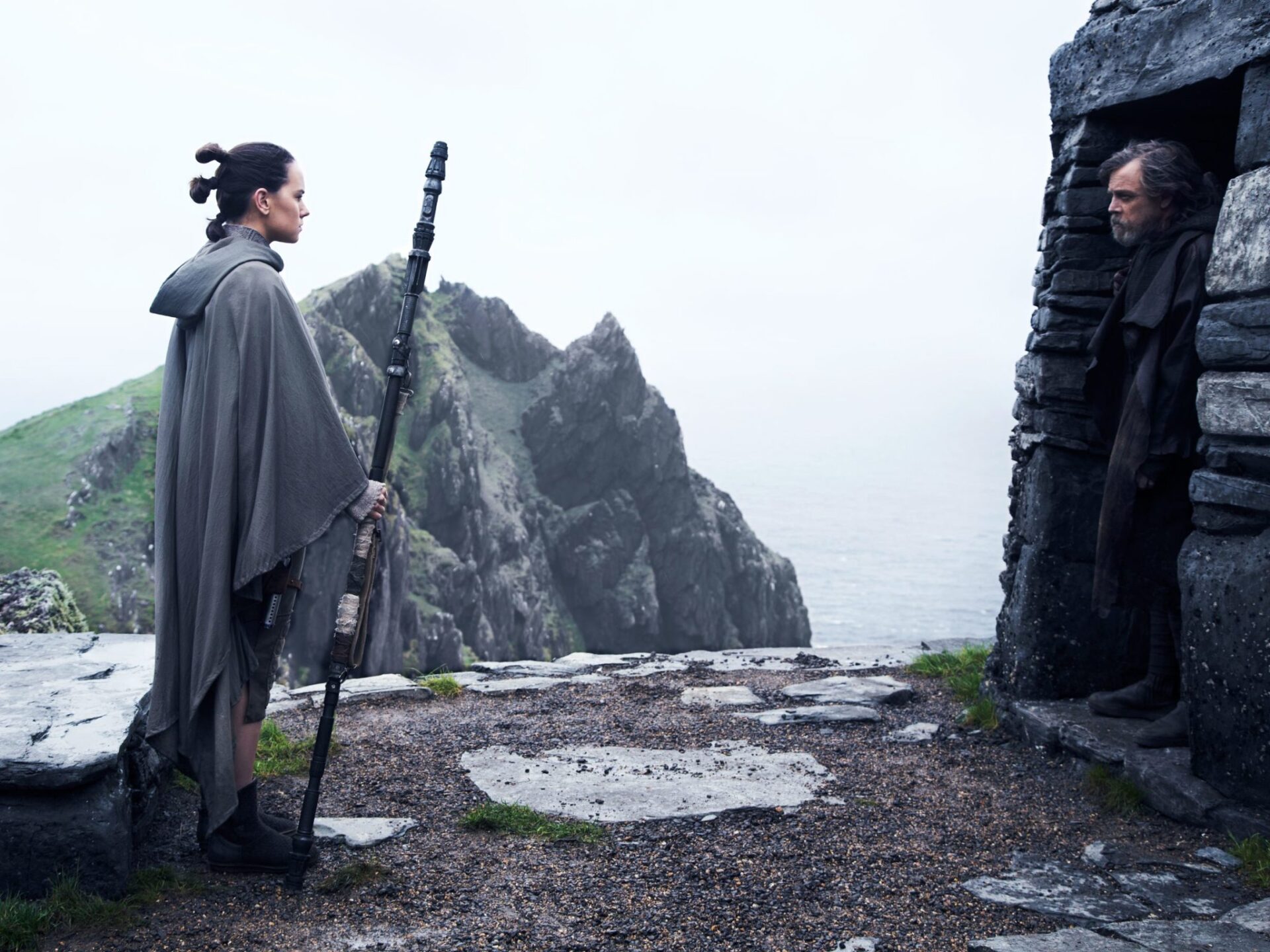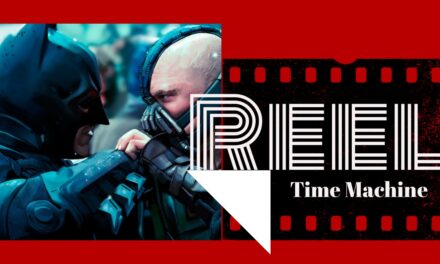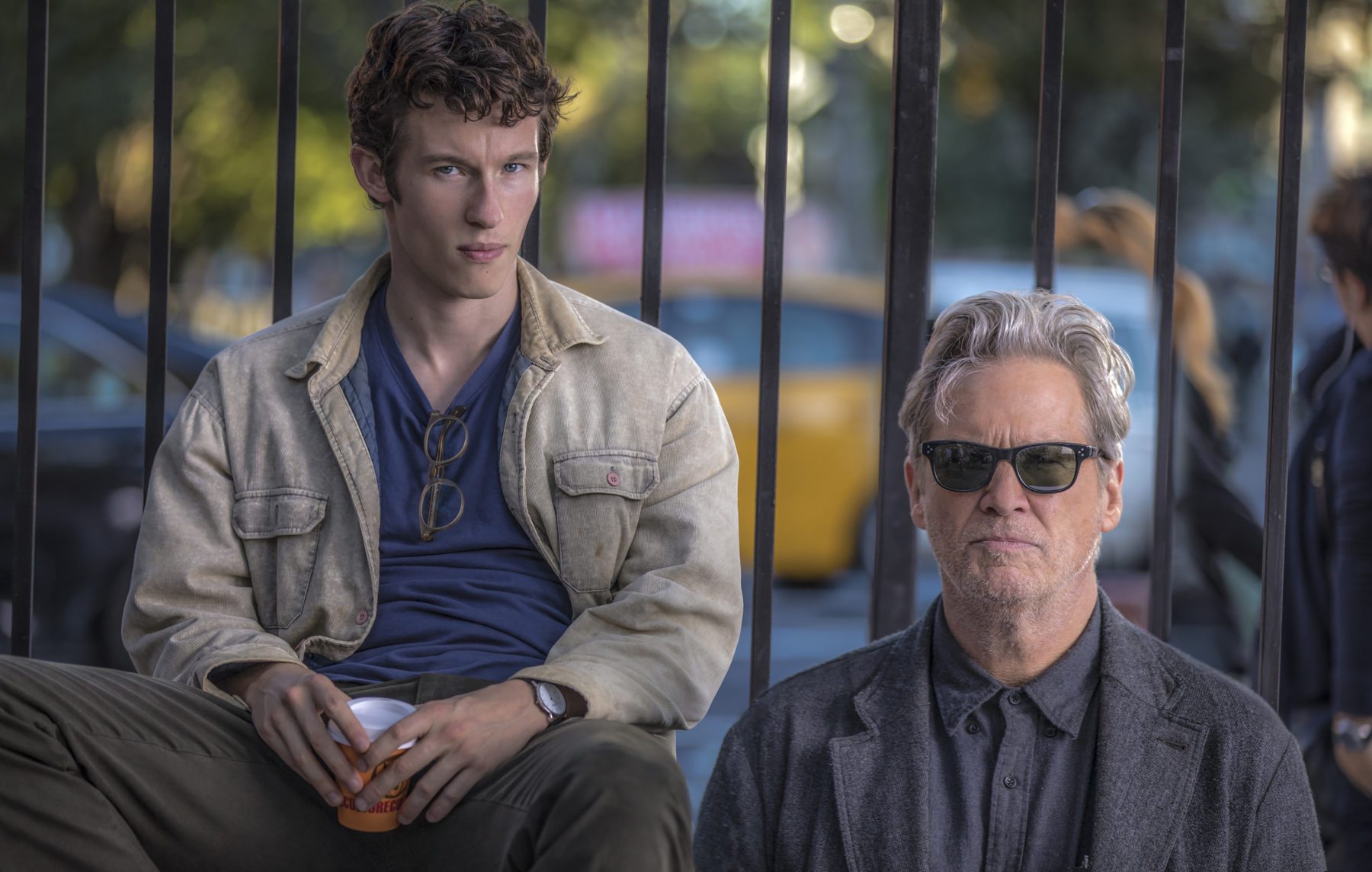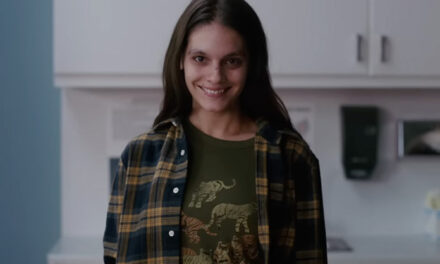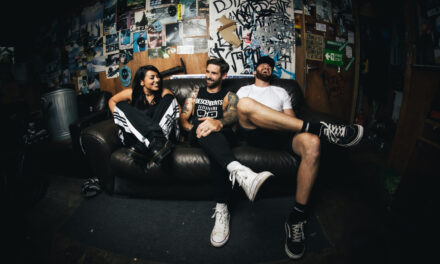It is a fair criticism to say that Star Wars: The Force Awakens is very similar to the original Star Wars and there was some concern that its successor would be a repeat of The Empire Strikes Back. While the two films share some of the same themes, for instance, The Last Jedi is certainly a much darker film than the first in its trilogy, and it offers a different and much-needed perspective on the Star Wars Universe. However, it is still a fun and wild ride that could leave the viewer breathless depending on how willing they are to embrace a new kind of story in a much-loved world.
With a running time of 2 hours and 31 minutes, it is no surprise that a lot happens in The Last Jedi. There is very little filler and the story is jam-packed with character development, long-awaited reveals, and story progression. The film takes place over only a few days and it is tightly focused on giving a full accounting of all aspects of the story. The film picks up where The Force Awakens left off, with Rey (Daisy Ridley) handing Luke (Mark Hamill) the lightsaber while elsewhere the Rebels flee the impending threat of the First Order. While I don’t want to give away any plot details, I will say there are some very satisfying answers given regarding character backgrounds and motivations that may be divisive among fans, but I found most of them appropriate for the time we are living in and this version of the Star Wars universe. The original cast members play bigger roles than in the previous film, but they are for the most part passive and allow for the next generation to take up the mantle of leadership.
The Last Jedi is visually beautiful with incredible detail and tastefully used CGI, but even the most fantastic of the many fights and space battles take a backseat to the character-driven story. Where The Force Awakens dipped its toes into the pool of diverse casting, The Last Jedi makes a spectacular dive and provides a wide range of characters. Most of the new people who are introduced are people of color and/or women and they are given the roles of heroes and villains instead of sideline supporters. Carrie Fisher’s Leia is finally given the scenes she has always deserved, showing her skill at leadership and giving us a hint at how she has kept the Rebel Alliance together all these years. The subtle complexity of Vice Admiral Holdo (Laura Dern) is the perfect example of how this film is an expansion of all the previous entries in the Star Wars universe.
Rian Johnson’s script uses several callbacks to both The Empire Strikes Back and Return of the Jedi, but subverts them in a way that is rarely seen in franchise films. Instead of using them as nostalgia triggers, The Last Jedi reminds viewers of what has come before and then purposefully diverges from those choices to illustrate the danger of repeating our mistakes. Our three main characters, Rey, Finn (John Boyega), and Poe (Oscar Isaac), drive the story with their hope, their failure, and their desire to make the world a better place. That is where the difference between this film and all the others is the most striking; it explicitly states that their struggle is not just about defeating the bad guy, but about forging something new and better for those they love and those who will come after.
The Last Jedi is by no means a perfect film, and your enjoyment of it will vary depending on your reactions to the plot and certain changes that are made to previously established rules, but it is told with an incredible skill and is riveting to watch. The information that has been revealed allows for intriguing possibilities and the implications for future installments will provide ample fodder for discussion. The Last Jedi is Disney’s best contribution to the Star Wars canon so far and we can only hope that the final film of this trilogy will live up to the new standard.

